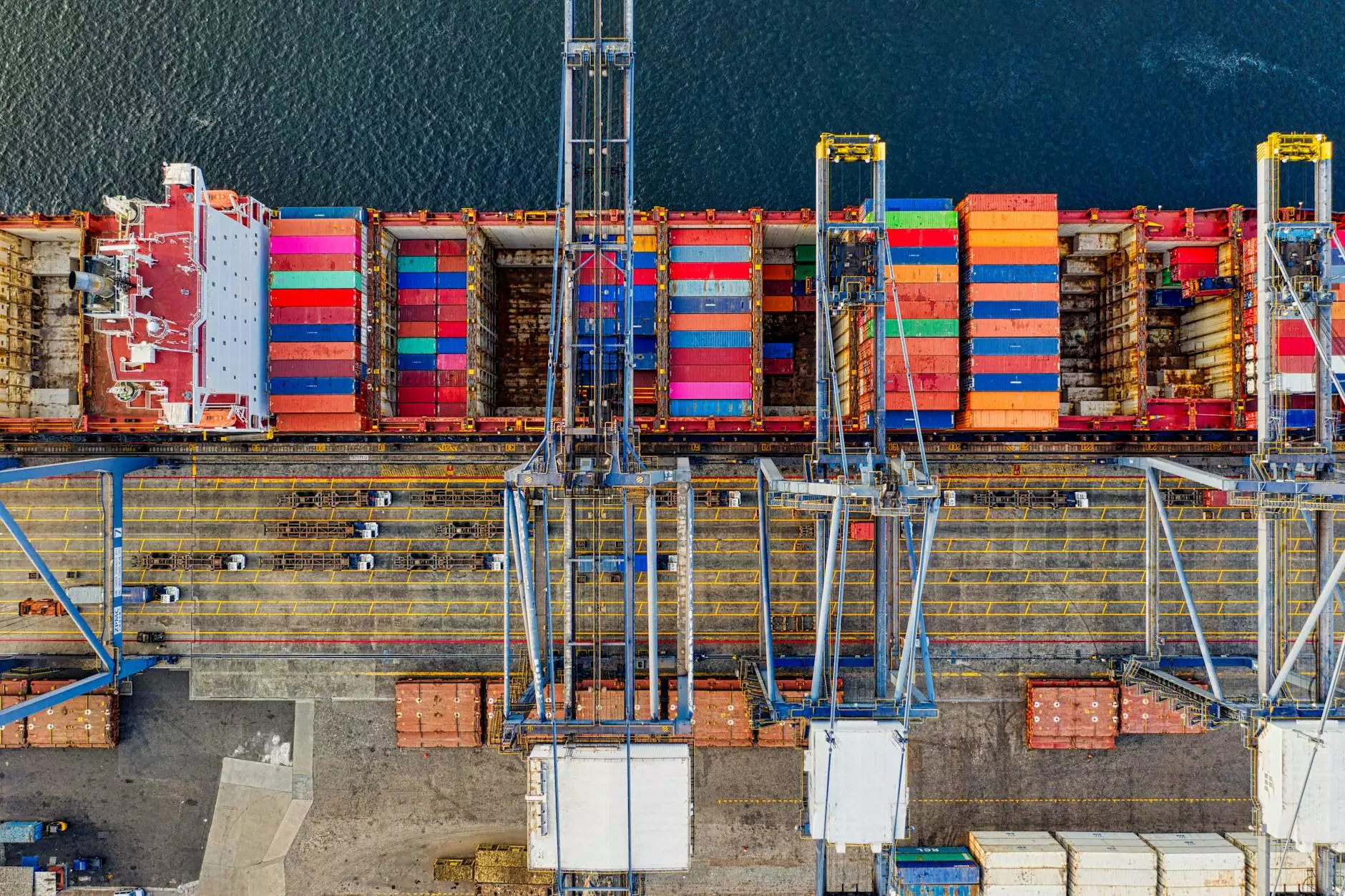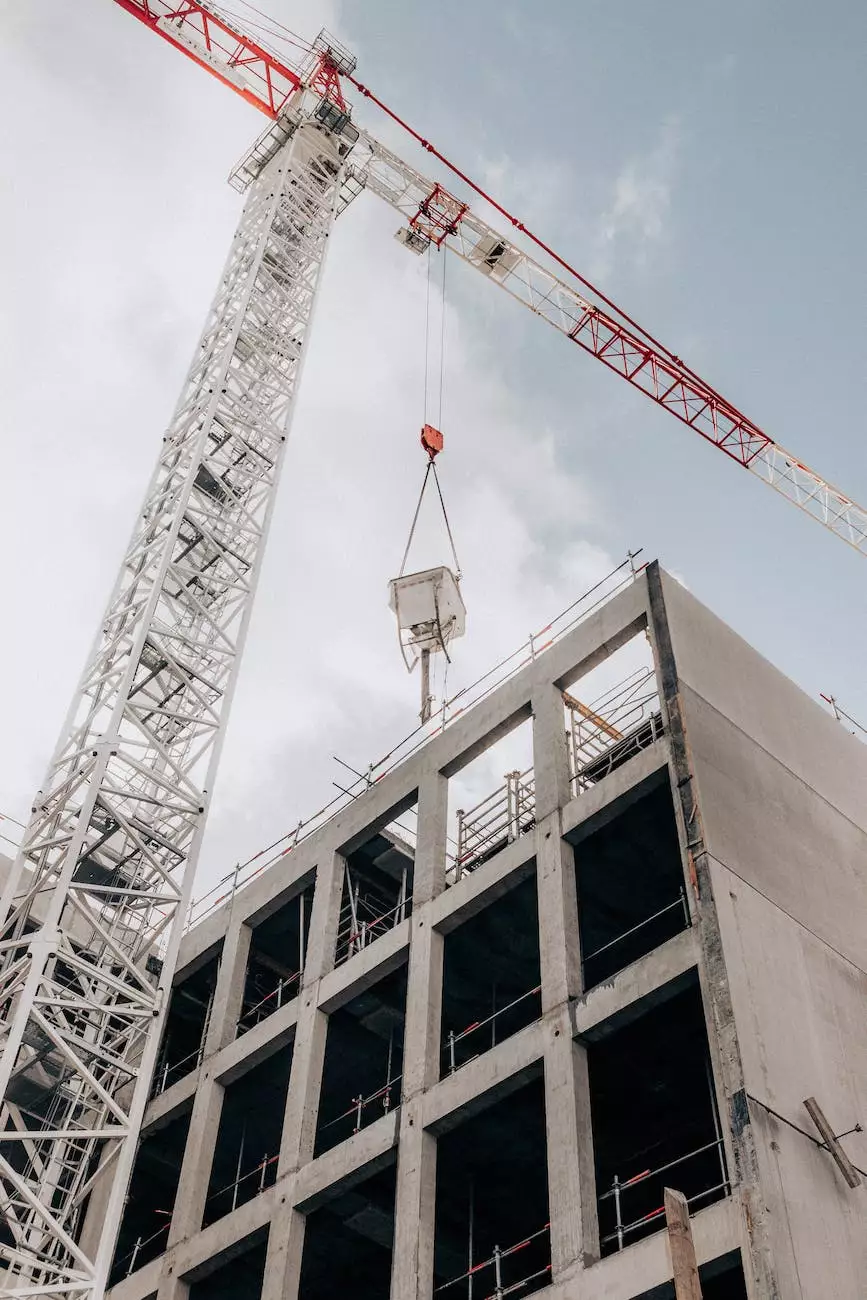The Best Dock Types and Materials for Your Waterfront Property
Marine Construction
Introduction
Welcome to Anthony Crane USA, where we provide expert advice on finding the best dock types and materials for your waterfront property. A well-designed dock not only enhances the functionality of your waterfront space but also adds value and aesthetic appeal to your property. In this comprehensive guide, we'll explore various dock types and materials to help you make an informed decision that perfectly aligns with your needs and preferences.
Factors to Consider
Before diving into the different dock types and materials available, it's essential to consider a few key factors that influence your selection:
1. Location
The location of your waterfront property plays a vital role in determining the appropriate dock type and material. Factors such as water depth, wave action, and local regulations need to be carefully evaluated before making a decision. Whether you have a lakefront, riverside, or coastal property, understanding how these factors impact your dock will ensure a long-lasting and functional structure.
2. Usage
Consider how you plan to utilize your dock. Will it primarily serve as a spot for recreational activities, like boating or fishing? Or do you require a sturdy platform for larger vessels and commercial use? Understanding your usage requirements will help determine the size, shape, and material specifications for your dock.
Dock Types
Let's explore some popular dock types that cater to different needs:
1. Floating Docks
Floating docks are versatile and adaptable, making them a popular choice for various waterfront locations. These docks are anchored using sturdy flotation devices and can rise or fall with changing water levels. They work well in areas with fluctuating water depths and provide a stable platform for multiple activities.
2. Stationary Docks
If you have a consistent water level and prefer a fixed structure, stationary docks are a great option. These docks are typically constructed with pilings or posts that are submerged into the ground or lakebed. Stationary docks offer excellent stability and can accommodate larger vessels and heavy use.
3. Pipe Docks
Pipe docks are lightweight and easily customizable. They consist of individual pipe sections connected to form a modular dock system. This type of dock works well in locations with medium water depths and can be easily expanded or reconfigured as needed.
Dock Materials
Choosing the right material for your dock is crucial for its longevity and performance. Below are some popular dock materials:
1. Pressure-Treated Wood
Pressure-treated wood is a common choice for dock construction due to its affordability and durability. Treated wood is resistant to rot, insects, and decay, making it suitable for prolonged exposure to water. However, regular maintenance and reapplication of sealants are necessary to extend its lifespan.
2. Composite Materials
Composite materials, such as composite decking, offer a low-maintenance alternative to traditional wood. Made from a combination of wood fibers and recycled plastic, composite materials are resistant to rot, splintering, and fading. They provide excellent traction and don't require staining or sealing.
3. Aluminum
Aluminum docks are known for their lightweight construction and high strength-to-weight ratio. They are resistant to rust and require minimal maintenance. Aluminum docks are often preferred for their aesthetic appeal and ease of installation, but they may have a higher upfront cost compared to other materials.
4. Concrete
Concrete docks offer exceptional durability and longevity. They can withstand harsh weather conditions and heavy use. While concrete docks may require professional installation, they provide a solid and stable platform for various activities. Additionally, concrete docks can be customized with textured surfaces to improve slip resistance.
Maintaining Your Dock
Proper maintenance is crucial to ensure the longevity and safety of your dock. Here are some essential tips:
- Regularly inspect your dock for any signs of damage or wear.
- Clean your dock regularly to remove debris and prevent slip hazards.
- Replace any deteriorating or damaged components promptly.
- Apply sealants, paints, or protective coatings as recommended by the dock material manufacturer.
- Consider professional maintenance services to ensure your dock remains in optimum condition.
Conclusion
In conclusion, selecting the best dock type and material for your waterfront property is a crucial decision that requires careful consideration of various factors. Anthony Crane USA is here to assist you in finding the perfect dock solution that meets your needs, enhances the functionality of your waterfront space, and ensures long-term durability. For expert advice and quality dock products, trust Anthony Crane USA. Contact us today!




